Enhancing Pool Health With Proper Water Circulation
Ever wondered why some pools always look pristine while others quickly turn murky? The secret lies in one simple concept—water circulation. Whether you're a seasoned pool owner or just dabbling in home improvements, understanding and enhancing pool circulation is your ticket to crystal-clear waters and a healthy swimming environment. In this blog, we will explore the significance of water circulation, identify common issues, and provide practical tips and innovative solutions to maintain optimal water flow in your pool.
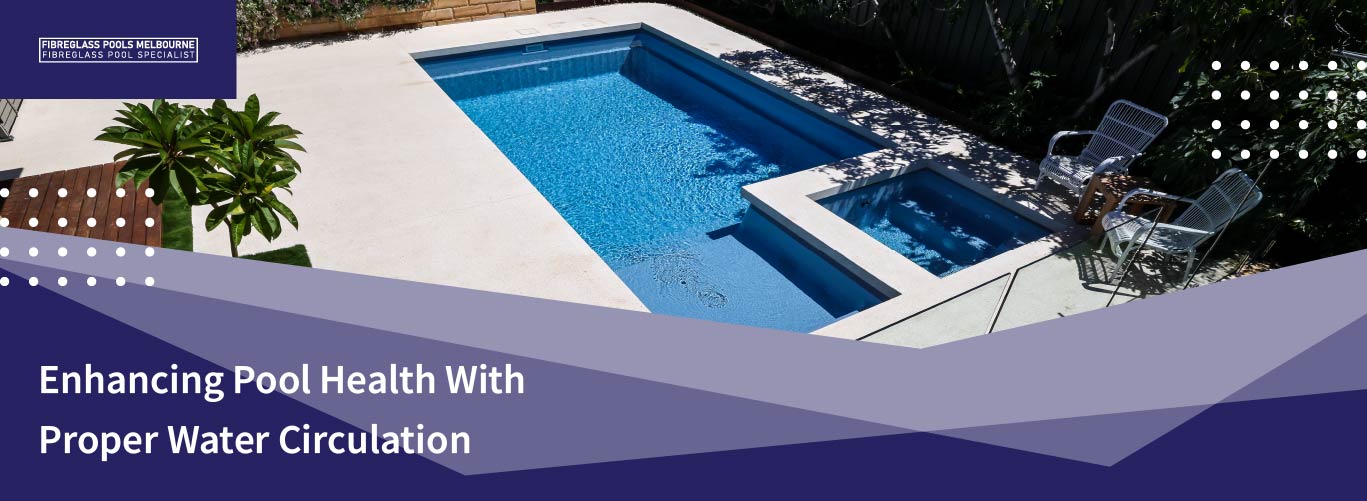
How Water Circulation Works in a Pool
Imagine your pool as a giant teacup; without stirring, all the sugar settles at the bottom. Similarly, without proper circulation, debris, and chemicals can settle, leading to uneven cleaning and unhealthy water conditions. Here’s a breakdown of how circulation works:
The Role of the Pump
The pump acts as the heart of your pool, pushing water through the filtration system and back into the pool. It ensures that treated water reaches every corner, preventing stagnation.
The Filter System
Filters trap dirt, debris, and other contaminants as water passes through. This process not only keeps the water clean but also ensures that chemicals are evenly distributed.
Return Jets
These are the outlets that push water back into the pool after it has been filtered. Properly positioned return jets create currents that help stir the water, promoting even distribution of heat and chemicals.
Identifying Early Signs of Poor Water Circulation
Spotting poor water circulation early can save you from costly repairs and health hazards. Here are some tell-tale signs:
Cloudy or Murky Water
If your pool water looks cloudy, it might be because the water isn’t circulating properly, causing chemicals and debris to accumulate.
Uneven Chemical Levels
Testing your pool water regularly is essential. If you notice fluctuating chemical levels, it’s a sign that your water isn’t circulating as it should.
Algae Growth
Algae thrive in stagnant water. If you see green patches forming, it’s a clear indication of poor water movement.
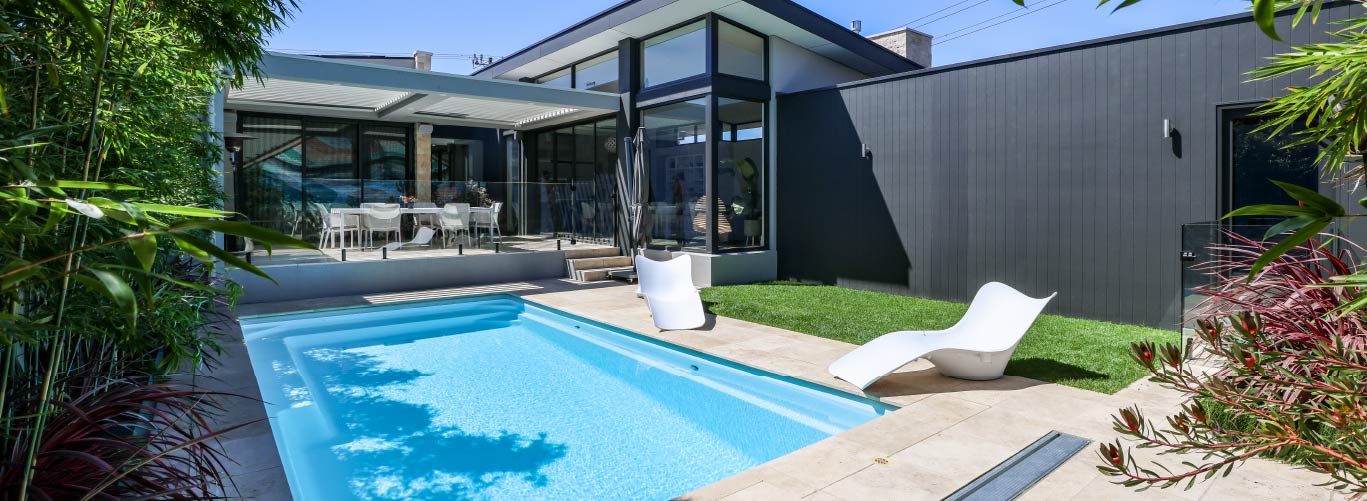
Tips and Tools for Improving Water Flow
Enhancing water circulation doesn’t require a complete pool overhaul. Here are some simple and effective ways to keep your pool water moving:
Regularly Clean Your Filters
A clogged filter can impede water flow. Make sure to clean or replace your filters as per the manufacturer’s recommendations.
Adjust the Return Jets
Properly positioned return jets can significantly improve water circulation. Aim them slightly downward and across the pool to create a circular water flow.
Use a Pool Skimmer
A hand skimmer can help remove surface debris, allowing your pump and filter to work more efficiently.
Understanding the Impact of Filters and Pumps
Filters and pumps are the backbone of your pool’s circulation system. Here’s why they are so crucial:
The Role of the Pump
An adequately sized pump ensures that water circulates through the entire filtration system efficiently. An undersized pump may struggle, while an oversized pump can lead to increased energy costs.
Types of Filters
There are various types of filters, including sand, cartridge, and diatomaceous earth (DE) filters. Each has its pros and cons, but all serve the critical function of trapping contaminants to keep your water clean.
Maintenance is Key
Regular maintenance of both pumps and filters is essential. Clean the pump basket, check for leaks, and ensure the filter media is in good condition.
Exploring the Latest Technology in Pool Circulation
Technology has revolutionised pool maintenance, making it easier than ever to maintain proper water circulation. Here are some cutting-edge solutions:
Variable Speed Pumps
Unlike traditional pumps, variable speed pumps can adjust their speed to match the pool’s needs, improving efficiency and reducing energy costs. These pumps can operate at lower speeds for routine circulation and higher speeds for tasks that require more power, such as running spa jets or water features. This flexibility not only saves energy but also extends the life of the pump.
Automated Pool Cleaners
Robotic pool cleaners can scrub walls and floors, helping to stir the water and prevent debris buildup. These advanced cleaners are equipped with sensors and programmable settings, allowing them to navigate the pool with precision and clean even hard-to-reach areas. Some models even come with remote controls or smartphone apps, giving you the convenience of guiding the cleaner from anywhere.
Smart Pool Systems
Smart technology allows you to monitor and control your pool’s circulation system remotely, ensuring optimal performance at all times. With smart pool systems, you can adjust pump speeds, check water temperature, and monitor chemical levels from your smartphone or tablet. These systems often integrate with other smart home devices, providing a seamless experience that ensures your pool is always ready for use. By embracing these technological advancements, pool owners can enjoy a cleaner, more efficient, and user-friendly pool maintenance experience.
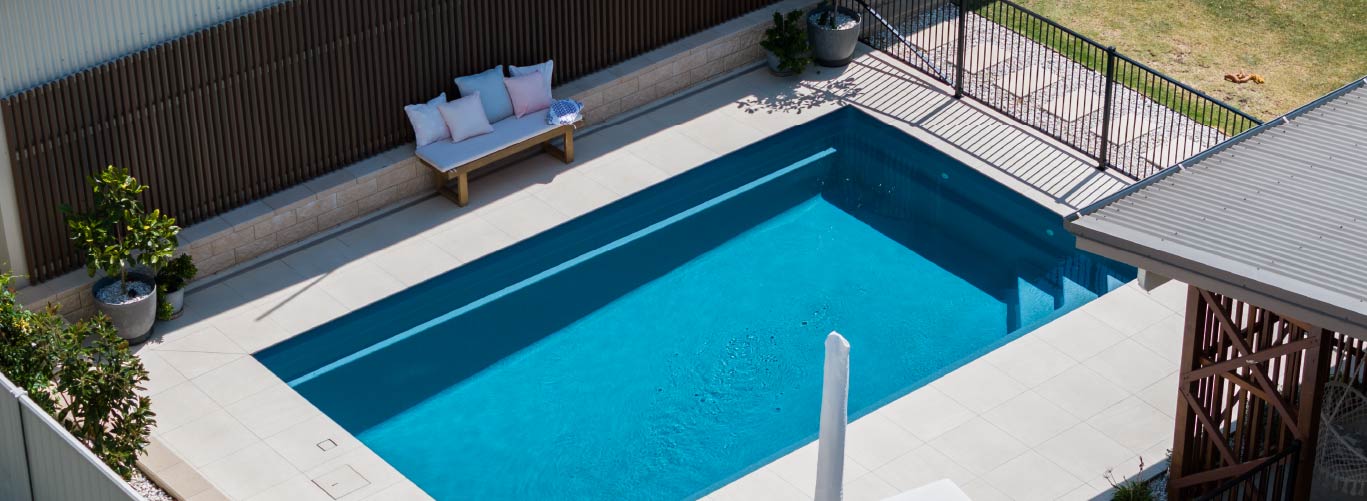
Routine Tasks to Keep Your Pool Water Moving
Consistency is key when it comes to maintaining good water circulation. Here’s a maintenance checklist to help you stay on track:
Daily Tasks
- Skim surface debris
- Check pump and filter functionality
Weekly Tasks
- Test and balance chemical levels
- Clean the skimmer basket and pump basket
Monthly Tasks
- Inspect and clean the filter
- Check for any leaks or equipment malfunctions
The Long-Term Benefits of Proper Water Circulation
Investing time and effort into maintaining good water circulation pays off in the long run. Consistent attention to your pool’s circulation system not only improves your swimming experience but also brings about several long-term advantages. Here are some enduring benefits:
Enhanced Water Quality
Proper circulation leads to cleaner, healthier water by preventing stagnation and ensuring thorough filtration. This makes your pool a safe haven for swimmers, reducing the risk of waterborne illnesses and keeping the water crystal clear.
Reduced Chemical Usage
Efficient water flow ensures that chemicals such as chlorine are evenly distributed throughout the pool. This balanced distribution reduces the need for excess chemical additives, which can save money and reduce skin and eye irritation for swimmers.
Prolonged Equipment Life
Maintaining your pool’s circulation system can extend the lifespan of your pump, filter, and other equipment. By ensuring that these components are functioning optimally and not overworked, you can save money on repairs and replacements, ultimately protecting your investment.
Conclusion
Proper water circulation is the lifeblood of a healthy, sparkling pool. By understanding the basics, identifying issues early, and leveraging modern technology, you can ensure your pool remains a delightful oasis. For more tips and in-depth guides on pool maintenance, water circulation, and the latest technology to keep your pool in top condition, visit our blog. Dive deeper into expert advice and ensure your pool stays crystal clear all year round. Read our blog here!
Enhancing Pool Health With Proper Water Circulation
Ever wondered why some pools always look pristine while others quickly turn murky? The secret lies in one simple concept—water circulation. Whether you're a seasoned pool owner or just dabbling in home improvements, understanding and enhancing pool circulation is your ticket to crystal-clear waters and a healthy swimming environment. In this blog, we will explore the significance of water circulation, identify common issues, and provide practical tips and innovative solutions to maintain optimal water flow in your pool.
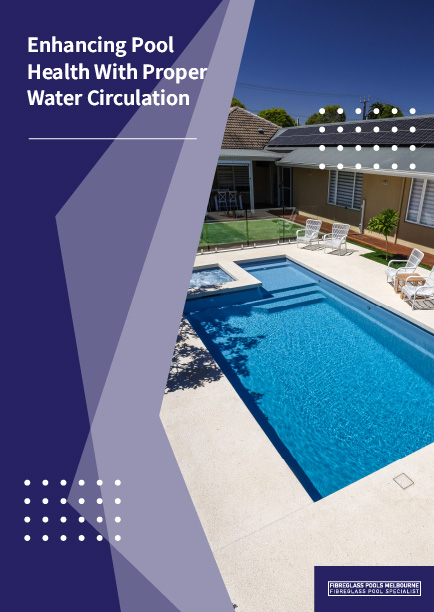
How Water Circulation Works in a Pool
Imagine your pool as a giant teacup; without stirring, all the sugar settles at the bottom. Similarly, without proper circulation, debris, and chemicals can settle, leading to uneven cleaning and unhealthy water conditions. Here’s a breakdown of how circulation works:
The Role of the Pump
The pump acts as the heart of your pool, pushing water through the filtration system and back into the pool. It ensures that treated water reaches every corner, preventing stagnation.
The Filter System
Filters trap dirt, debris, and other contaminants as water passes through. This process not only keeps the water clean but also ensures that chemicals are evenly distributed.
Return Jets
These are the outlets that push water back into the pool after it has been filtered. Properly positioned return jets create currents that help stir the water, promoting even distribution of heat and chemicals.
Identifying Early Signs of Poor Water Circulation
Spotting poor water circulation early can save you from costly repairs and health hazards. Here are some tell-tale signs:
Cloudy or Murky Water
If your pool water looks cloudy, it might be because the water isn’t circulating properly, causing chemicals and debris to accumulate.
Uneven Chemical Levels
Testing your pool water regularly is essential. If you notice fluctuating chemical levels, it’s a sign that your water isn’t circulating as it should.
Algae Growth
Algae thrive in stagnant water. If you see green patches forming, it’s a clear indication of poor water movement.
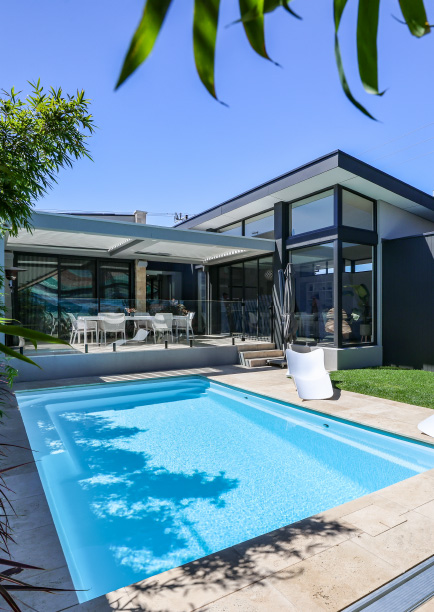
Tips and Tools for Improving Water Flow
Enhancing water circulation doesn’t require a complete pool overhaul. Here are some simple and effective ways to keep your pool water moving:
Regularly Clean Your Filters
A clogged filter can impede water flow. Make sure to clean or replace your filters as per the manufacturer’s recommendations.
Adjust the Return Jets
Properly positioned return jets can significantly improve water circulation. Aim them slightly downward and across the pool to create a circular water flow.
Use a Pool Skimmer
A hand skimmer can help remove surface debris, allowing your pump and filter to work more efficiently.
Understanding the Impact of Filters and Pumps
Filters and pumps are the backbone of your pool’s circulation system. Here’s why they are so crucial:
The Role of the Pump
An adequately sized pump ensures that water circulates through the entire filtration system efficiently. An undersized pump may struggle, while an oversized pump can lead to increased energy costs.
Types of Filters
There are various types of filters, including sand, cartridge, and diatomaceous earth (DE) filters. Each has its pros and cons, but all serve the critical function of trapping contaminants to keep your water clean.
Maintenance is Key
Regular maintenance of both pumps and filters is essential. Clean the pump basket, check for leaks, and ensure the filter media is in good condition.
Exploring the Latest Technology in Pool Circulation
Technology has revolutionised pool maintenance, making it easier than ever to maintain proper water circulation. Here are some cutting-edge solutions:
Variable Speed Pumps
Unlike traditional pumps, variable speed pumps can adjust their speed to match the pool’s needs, improving efficiency and reducing energy costs. These pumps can operate at lower speeds for routine circulation and higher speeds for tasks that require more power, such as running spa jets or water features. This flexibility not only saves energy but also extends the life of the pump.
Automated Pool Cleaners
Robotic pool cleaners can scrub walls and floors, helping to stir the water and prevent debris buildup. These advanced cleaners are equipped with sensors and programmable settings, allowing them to navigate the pool with precision and clean even hard-to-reach areas. Some models even come with remote controls or smartphone apps, giving you the convenience of guiding the cleaner from anywhere.
Smart Pool Systems
Smart technology allows you to monitor and control your pool’s circulation system remotely, ensuring optimal performance at all times. With smart pool systems, you can adjust pump speeds, check water temperature, and monitor chemical levels from your smartphone or tablet. These systems often integrate with other smart home devices, providing a seamless experience that ensures your pool is always ready for use. By embracing these technological advancements, pool owners can enjoy a cleaner, more efficient, and user-friendly pool maintenance experience.

Routine Tasks to Keep Your Pool Water Moving
Consistency is key when it comes to maintaining good water circulation. Here’s a maintenance checklist to help you stay on track:
Daily Tasks
- Skim surface debris
- Check pump and filter functionality
Weekly Tasks
- Test and balance chemical levels
- Clean the skimmer basket and pump basket
Monthly Tasks
- Inspect and clean the filter
- Check for any leaks or equipment malfunctions
The Long-Term Benefits of Proper Water Circulation
Investing time and effort into maintaining good water circulation pays off in the long run. Consistent attention to your pool’s circulation system not only improves your swimming experience but also brings about several long-term advantages. Here are some enduring benefits:
Enhanced Water Quality
Proper circulation leads to cleaner, healthier water by preventing stagnation and ensuring thorough filtration. This makes your pool a safe haven for swimmers, reducing the risk of waterborne illnesses and keeping the water crystal clear.
Reduced Chemical Usage
Efficient water flow ensures that chemicals such as chlorine are evenly distributed throughout the pool. This balanced distribution reduces the need for excess chemical additives, which can save money and reduce skin and eye irritation for swimmers.
Prolonged Equipment Life
Maintaining your pool’s circulation system can extend the lifespan of your pump, filter, and other equipment. By ensuring that these components are functioning optimally and not overworked, you can save money on repairs and replacements, ultimately protecting your investment.
Conclusion
Proper water circulation is the lifeblood of a healthy, sparkling pool. By understanding the basics, identifying issues early, and leveraging modern technology, you can ensure your pool remains a delightful oasis. For more tips and in-depth guides on pool maintenance, water circulation, and the latest technology to keep your pool in top condition, visit our blog. Dive deeper into expert advice and ensure your pool stays crystal clear all year round. Read our blog here!


